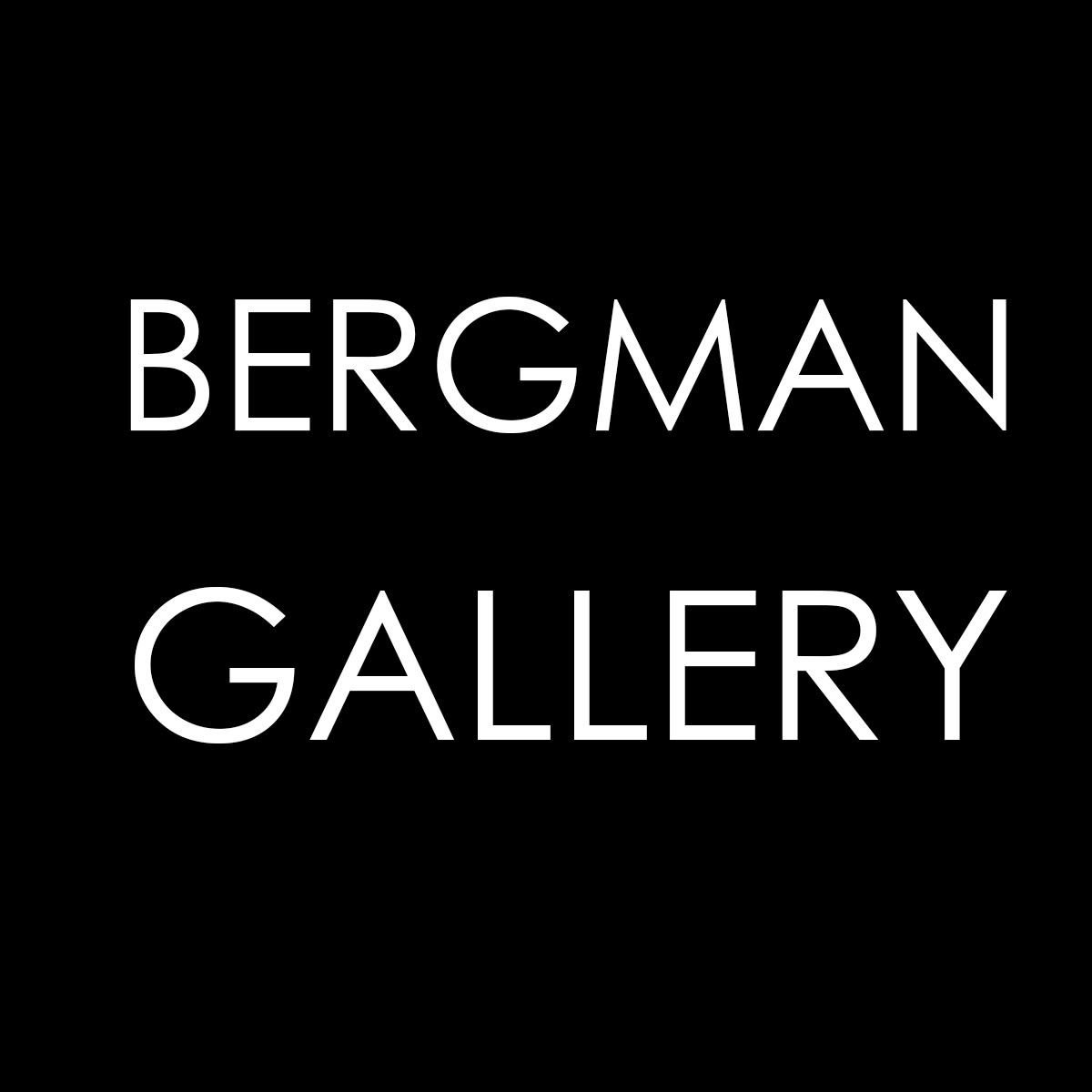Scriptures from the West, an exhibition by Mahiriki Tangaroa and Andy Leleisi’uao, BCA Gallery, Rarotonga, 2007.
Introduction:
I reckon that parameters to definition are lacking when it comes to contemporary Pacific art. You all know how much debate is common, even between respected artists, curators and art institutions. No one agrees on just one definition of what Pacific art is, contemporary or historical.
Is there even such a thing as Pacific art?
Many arguments surround this question. One key theme is that contemporary Pacific art is a derivative expression of modernist western art.
This is not the case.
It is a surprising failing of offshore art institutions, who should really know better. They want the attributes that define art practice in their own countries to apply here. In the Cook Islands.
In a recent essay, American social critic, author and professor Camille Paglia stated, ‘art literally embodies the history of the people and the nation, whose roots are pre-modern and in some cases ancient’.
How is this not the case here tonight?
Let me tell you a little about tonight’s exhibition and let you decide.
Andy Leleisi’uao was born and raised in New Zealand of Samoan parents yet paints from the perspective of an outsider. An outsider who is defined by his lineage but, ironically, does not belong to the Samoan genre either.
He inhabits an apparent state of limbo. How can you be born of a country yet not belong to it?
So, do not be surprised to see this artist create an alternate universe, a blend of legend & nether worlds, a space that the artist truely belongs too. A space that is free of convenient definitions and stereotypes.
The story of the Pacific island depicted in this fantastic series of paintings begins with a departure of seven canoes from the shores of Samoa, a legend that draws strong parallels with our own culture. Knocked off course by a fierce storm, these canoes arrive on an unknown Island. The people in the canoes subsequently discover alien technology left by another race. This technology is a basis on which to build a new, peaceful world, devoid of racism & religious persecution, an improbable world where the inhabitants are free to live in peace with each other. A state of Nirvana, Eden or Avaiki…the name of this paradise is yours to choose.
This freedom of choice reflects Andy’s beliefs and experiences.
This is in stark contrast to his earlier eruptive, confrontational paintings that evoked in explicit detail about pivotal issues affecting the every day lives of Pacific Immigrants in New Zealand. This earlier body of work was painted for generations to come, as an historical narrative calling for a more enlightened approach to future issues surrounding Pacific immigration.
I again ask the question, how is this defined as a derivate expression of modernist western art?
Andy was compelled to comment on these earlier events but it was not what he wanted to say…these new works are definitive of this artist’s position and true to his calling. They are also finding appreciation. Works by this artist now belong to the public collections of Te Papa, The Chartwell Trust via the Auckland Art Gallery and the James Wallace Collection.
Mahiriki Tangaroa presents an evolutionary series on the historical role of Christianity in the Cook Islands. These 12 large panels are akin to historical signposts.
They are a social document and record where we as a nation have come from and where we are now. Of equal importance they seem to be asking ‘where to now’ and most importantly, ‘what do we take with us’? Take inspiration from the theme and performances of the recent Te Maeva Nui celebrations.
Tangaroa (the artist) appears fully at ease with her subject matter and offers a sublime maturity in her delivery of it. Mahiriki states that ‘A generation has emerged that have understandably become advocates of sophisticated technology and flash media that despite its innovative qualities has become an increasing breeding ground for consumption and addiction, contrary to the principles of Christianity.
This is but one of the many issues that need to be addressed for an island nation in the wake of change. It is only with sincere hope that the combined principles of Christianity and that of indigenous cultural custom is successful in navigating a people and place into a rich and prosperous future.’
The pairing of these artists here tonight is deliberate; it is intentional on the part of Beachcomber Galleries.
Together they represent an important artistic statement that could easily redefine what is to come out from this region for many years.
In the past, I have suggested that the exhibition I was introducing represented a step forward in terms of our collective ability to deliver a quality artistic statement. Tonight I do not believe that we have taken a step forward, I know that we have advanced three fold.
These works are records of history, they are political, they are topical, they are a reflection of local, regional and global cultural and social shifts, they have momentous artistic merit and are worthy of gallery display.
These works are perhaps the beginning of a new, non-western, modern, contemporary artistic movement that will defy conventional, obsolete definitions and demand a fresh institutional approach. They are anything but derivate extensions of western art practice.
I must extend my profound appreciation to the artists, Andy Leleisiu’ao and Mahiriki Tangaroa for their outstanding exhibit. I want to express my gratitude to the sponsors of not only this art exhibition but of many others. They have been hugely supportive.
As I have noted to you in the past, your generous support has both allowed and ensured that this art can be shown here at BCA, long may it continue.



